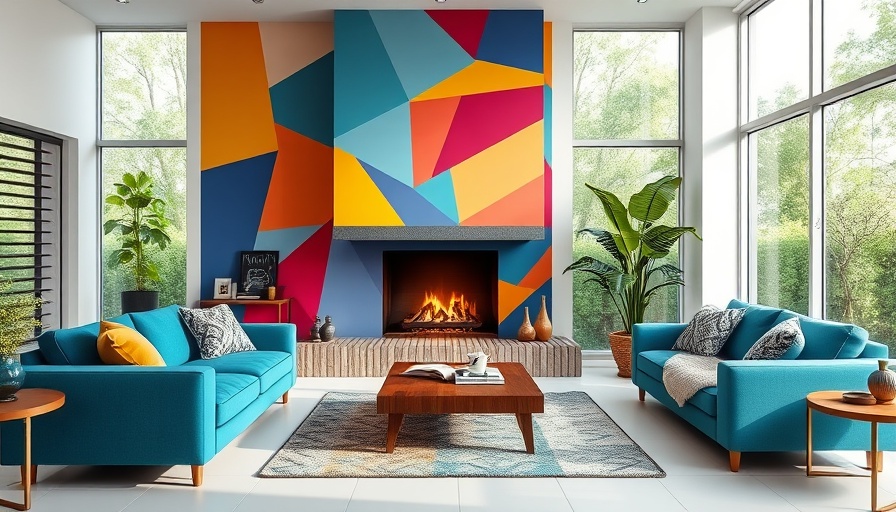
Why Minimalism Isn’t Always the Answer
In recent years, minimalism has become a highly sought-after lifestyle choice. However, for some, the allure of a clean, uncluttered home has faded, leading to a growing trend among those who once embraced minimalism to rediscover the joy in surrounding themselves with more than just functional items. Interviews with three recovering minimalists highlight how they’re striking a balance between simplicity and personal expression.
The Emotional Toll of Minimalism
Colleen Bennett, an interior designer based in North Carolina, reflects on a project where her clients stripped their home of nearly three decades’ worth of belongings. They wanted to embrace a minimalist lifestyle, but soon felt a profound emptiness in their space. "It became a sterile museum," Bennett describes, emphasizing that decluttering can sometimes lead to a lack of warmth and personality. By redistributing some cherished items, her clients found that a few touches of their history brought back the life in their home.
Brian Patrick Flynn’s Journey Back
Similarly, Brian Patrick Flynn, a well-known designer from Atlanta, embarked on a minimalism experiment that lasted nearly a decade. Flynn was drawn to the idea of sleek designs, but soon realized that without layers of texture and color, his home felt cold and uninspiring. "A room becomes silent without the vibrant aspects that make it feel alive," he contemplates. He eventually decided to bring more personality back into his home, choosing to fill it with color, patterns, and artifacts that tell his family’s story.
Reviving Personal Expression in Design
As trends in social media encourage people towards more austere lifestyles, there’s a counter-current of creatives reminding us that personal expression is vital in our living spaces. Whether it’s a favorite piece of art or family memorabilia, incorporating meaningful items can enhance a home’s character and provide comfort. The notion of a home shouldn’t just be a place to exist, but a canvas where one’s identity plays a starring role.
Is Minimalism Evolving or Dying?
The return to a more personalized design amplifies conversations around ‘de-influencing’—a concept that advocates for mindful consumption and sharing experiences rather than promoting the latest trends. Consumers are beginning to question whether a clutter-free environment must mean an empty one. As people share their journeys online, a narrative forms about crafting homes that reflect personal stories rather than societal pressures.
Creating a Balanced Living Space
Interestingly, the vastness of social media on platforms like TikTok and Instagram influences young decorators and buyers. The shift from minimalism to more vibrant decor expresses a desire to carve out individuality in a world where preferences often feel dictated. Homeowners today are learning that striking a balance between functional simplicity and expressive warmth is key to happiness in their living spaces.
Reflecting on these stories challenges us to think deeply about what our environments can offer us emotionally. Are we sacrificing our personal histories at the altar of minimalism? It’s clear that the lesson learned by these recovering minimalists is valuable: a happy home may indeed require a bit of ‘stuff’ to feel whole.
 Add Row
Add Row  Add Element
Add Element 


 Add Row
Add Row  Add
Add 


Write A Comment